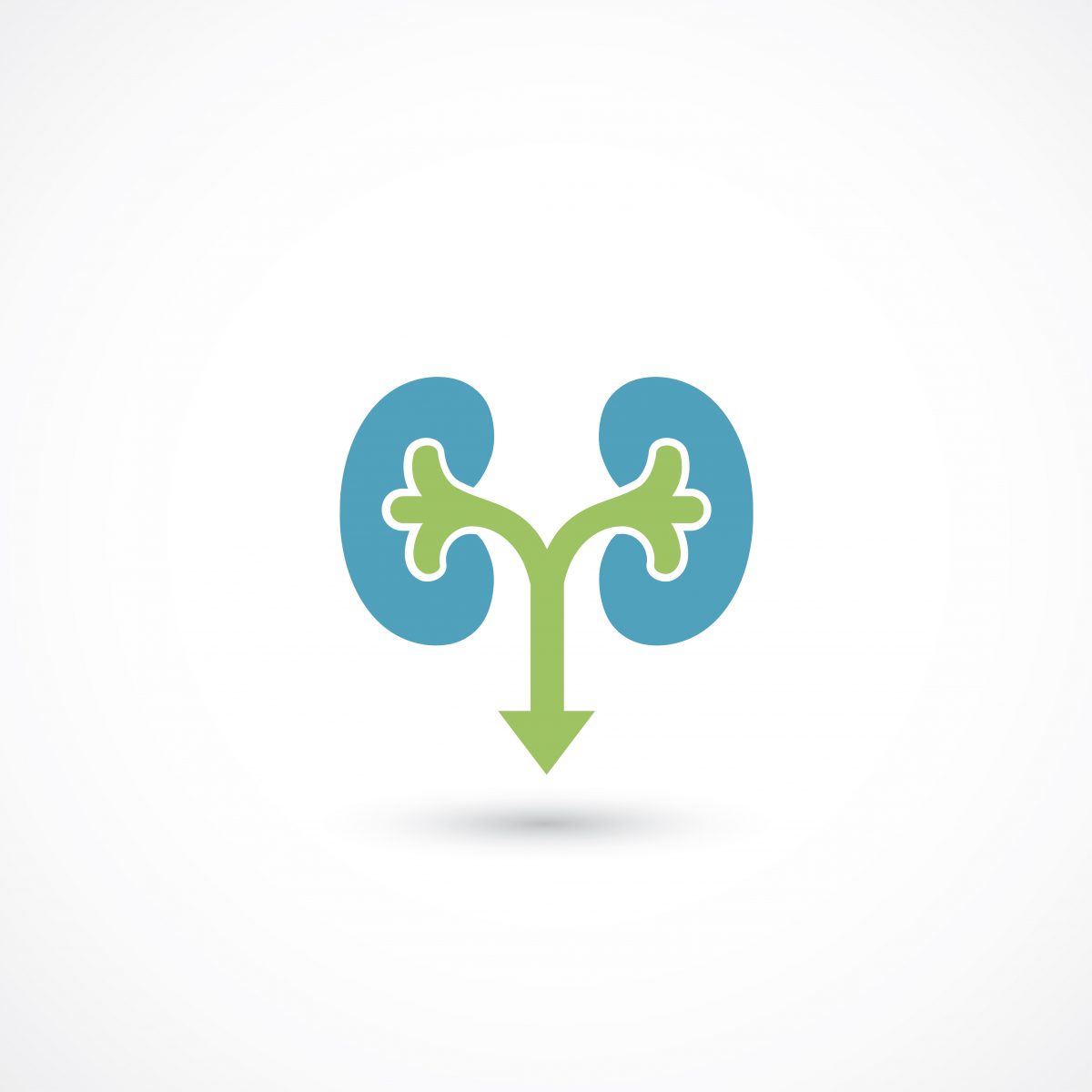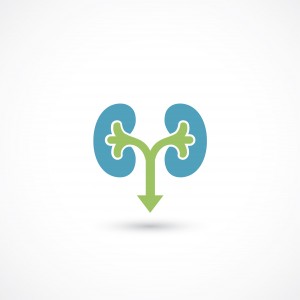New Candidate Biomarkers Discovered for Patients With Lupus Nephritis
Written by |

 In a recent study entitled “Evaluation of B lymphocyte stimulator and a proliferation inducing ligand as candidate biomarkers in lupus nephritis based on clinical and histopathological outcome following induction therapy,” researchers suggest two novel biomarkers for treatment outcome and renal disease in patients with Lupus nephritis. The study was published in the journal Lupus Science & Medicine.
In a recent study entitled “Evaluation of B lymphocyte stimulator and a proliferation inducing ligand as candidate biomarkers in lupus nephritis based on clinical and histopathological outcome following induction therapy,” researchers suggest two novel biomarkers for treatment outcome and renal disease in patients with Lupus nephritis. The study was published in the journal Lupus Science & Medicine.
Systemic lupus erythematosus (SLE) is a chronic inflammatory autoimmune disorder characterized by damage to internal organs. Kidneys are commonly affected in patients with SLE, who develop a condition known as Lupus nephritis (LN), responsible for a significant rate of SLE patients’ morbidity. While advancements in Lupus therapeutics have been achieved, biomarkers for patients’ response to SLE and LN therapies are currently lacking.
In this study, researchers determined if cytokines produced by cells of the immune system, specifically B cells (due to their established role in SLE pathogenesis and since their main function is the production of antibodies) can act as predictors of SLE and LN therapy response. The authors focused their attention on the B lymphocyte stimulator (BLyS) and proliferation inducing ligand (APRIL), key in B cells’ activation and homeostasis.
To this end, the team measured serum levels of BLyS, APRIL and autoantibodies (antibodies produced by an individuals’ immune system that target one or more of the individuals’ own proteins) in 64 patients with active LN (52 patients had proliferative LN and 12 membranous LN) and in 64 healthy controls. Renal biopsies were also performed before and after treatment with immunosuppressants (a class of drugs that suppress or prevent the immune response) in LN patients.
The authors observed that BLyS levels did not significantly change after immunosuppressive therapy, but were significantly higher at baseline in LN patients when compared to healthy controls. Levels of APRIL were found higher at baseline in LN patients but decreased after immunosuppressive therapy. In LN patients, this decrease was observed only in a class of patients classified as histopathological responders (HR), defined as those with at least a 50% improvement in their activity Index (a test that measures active lesions in the kidneys), according to their renal biopsies.
The authors found BLyS levels at baseline were an effective predictor of both clinical improvement and histopathology profile, despite their unaltered levels following therapy. Additionally, they suggest BLyS levels lower than 1.5 1.5 ng/mL as a good predictor of treatment response, particularly in proliferative LN patients. Furthermore, APRIL seems to be a good marker of renal disease in patients with LN.




